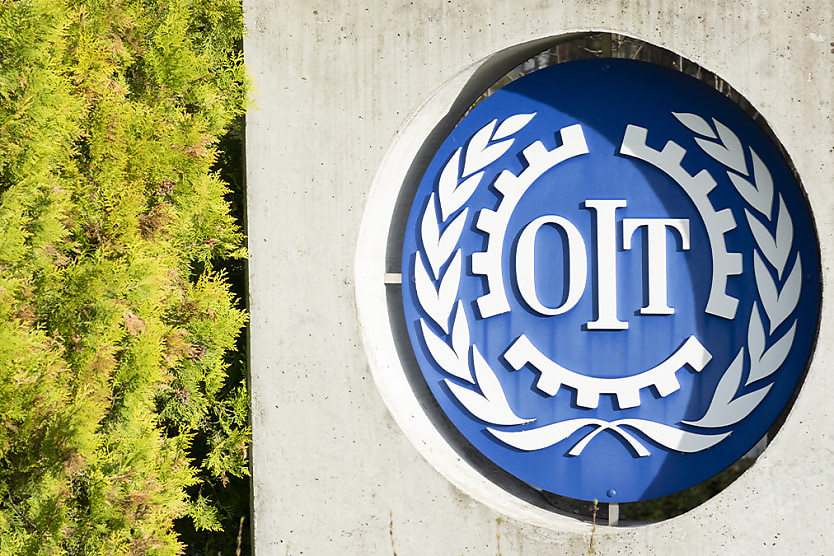Underutilisation of workforce contributing to global unemployment
SHARE THIS ARTICLE

Global unemployment is expected to drop in 2024, however, only slightly. The underutilisation of our workforce has been recognised as a key contributor, and greater intervention is needed to turn this data around.
As outlined in the International Labour Organisation’s (ILO) World Employment and Social Outlook: May 2024 Update, the global unemployment rate is projected at 4.9 per cent in 2024, slightly lower than 2023’s 5 per cent.
The previous projection was 5.2 per cent, highlighting some unexpected progress. However, the ILO noted that this lack of substantial progress could be avoided if the workforce was better utilised.
According to the ILO estimates, 402 million people are without a job but want to work in 2024. This includes the 183 million who are counted as unemployed.
Engaging these underutilised people could be an effective way to turn this trend around. A large portion of these potential workers are women, as there are significantly more women out of employment than men.
In fact, the report’s estimates noted that 45.6 per cent of women aged 15 and above are employed, compared to 69.2 per cent of men.
This gap is a result of social pressures, such as family responsibilities, marriage and parenthood. The disproportionate share of unpaid care work that is expected of women worldwide is reportedly a major contributor to unemployment rates.
“Despite our efforts to reduce global inequalities, the labour market remains an uneven playing field, especially for women,” ILO director-general Gilbert F. Houngbo said.
Lower-income countries witnessed higher gender pay gaps than high-income countries. In low-income countries, women earn around 44 per cent of what men earn. In high-income countries this percentage jumped to approximately 73 per cent. While the gap is better in high-income countries, there is still a glaring disparity, and according to the ILO, it could be dissuading women from entering the workforce, contributing further to unemployment rates.
Houngbo urged countries to consider implementing policies that consider all workforce participants. This could help the workforce balance out and reduce unemployment.
“We must place inclusion and social justice at the core of our policies and institutions. Unless we do, we will fall short of our objective to ensure strong and inclusive development,” he said.
Solidarity is what will propel the workforce through times of turmoil, said the United Nations Secretary-General António Guterres.
The ILO report concluded: “While GDP growth remains crucial for development, it is essential to measure and monitor social progress indicators beyond economic activity alone. Global trends suggest a slowdown in progress towards reducing poverty and informality since 2015. Moreover, the link between these indicators and economic growth has diminished.”
“This highlights the need for a comprehensive approach to achieve the objectives of the 2030 agenda, including social dialogue at all levels, aimed at promoting inclusive, equitable, and effective public policies that resonate with societal needs and promote human dignity for all.”
RELATED TERMS
The term "gender pay gap" refers to the customarily higher average incomes and salaries that men receive over women.
The term "workforce" or "labour force" refers to the group of people who are either employed or unemployed.
Jack Campbell
Jack is the editor at HR Leader.

